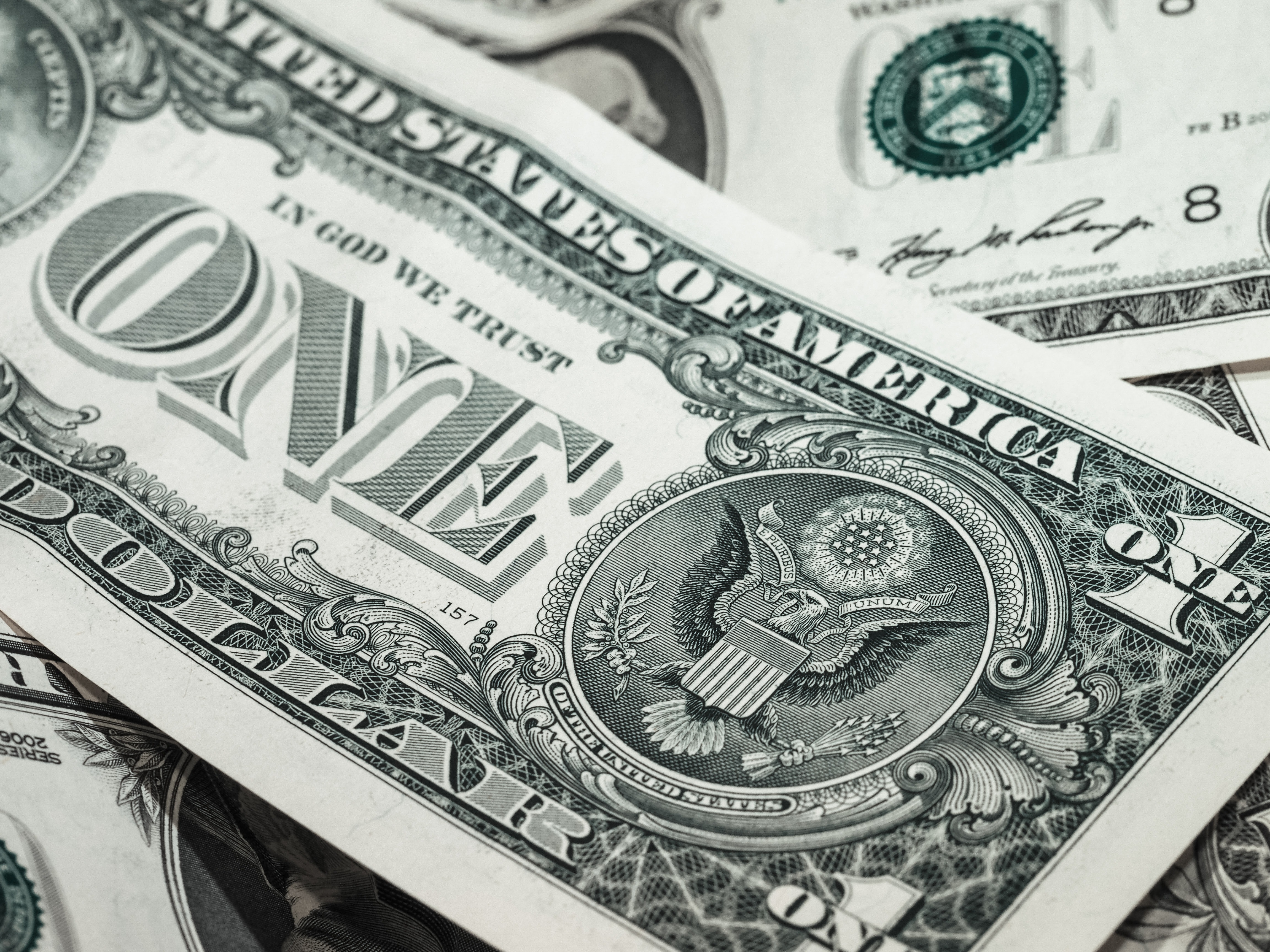As a small business owner, you know that there are many obstacles you can face on the road to success. It is inevitable to experience ups and downs, even if you are meticulous about financial forecasting.
Negative cash flow is among the challenges your growing small business might face. One example is that one month you might earn a certain amount in revenue but spend way more on outgoing expenses.
Negative Cash Flow
Negative cash flow occurs when a business spends more than it makes within a given period. Although negative cash flow means there is imbalance in the stream, it does not mean it is a loss.
Negative cash flow is common for new businesses because starting a new business is expensive and it takes time to generate cash inflow. Dealing with negative cash flow is almost unavoidable for small businesses.
Though negative cash flow is not inherently bad, this financial asymmetry is not sustainable or viable for your business in most cases. Ultimately, your business needs enough money to cover operating expenses. Uncontrolled or overlooked negative cash flow can render your business unprofitable.
The reality is that not every month turns a profit. Profits are generated when consumers buy your goods or services. they key to turning a profit is to eclipse outgoing costs with incoming revenue. If you are not able to do that you experience negative cash flow.
What Causes Negative Cash Flow?
Low profits
The following are reasons some examples that your small business might be struggling:
- Ineffective sales and marketing strategies
- Low productivity among your staff
- Undercharging for your products or services
- Expensive operating costs
- Uncontrolled spending or cash outflow
If your business’s profits are too low—or you are altogether unprofitable—you may find it difficult to source the money to cover all your essential outgoing costs.
Overinvesting
One of the most common downfalls is overinvesting no matter what the size of the business is. You overinvest when you spend an excessive amount of cash on non-business-critical services, projects, or products. These payments only drain funds rather than boost profitability and can cause negative cash flow real quick.
Expedited growth
If you do not create strategic detailed plans for growth, you could upset your efforts. Without a detailed business growth strategy, if you expand too fast you could be left with a cash flow deficit.
The following are other issues that can impact the health of your small business:
- Mismanaged or uncoordinated financial tracking
- Ineffective and unorganized business operations
- Haphazard hiring
- Losing sight of big-picture goals
Unexpected financial expenses
Any money that you have to spend on unexpected expenses can throw off your cash flow projections. These unexpected costs are outflows of cash you did not forecast in your monthly or quarterly financial plan. Some of the most common unexpected expenses include insurance premiums, equipment maintenance, taxes, and shrinkage. If you do not allocate funds to sudden charges, you may find yourself dealing with negative cash flow.
Expensive overhead costs
Overhead costs account for ongoing expenses that are not directly related to production or sales. The costs are those that your business needs to stay in business – regardless of your business’s profitability or success. Each of these overhead costs are critical for keeping your business plan open. If the total of your overhead expenses is too high, it might cripple your cash flow.
Late payments
Late payments from customers can lead to a negative operating cash flow. Small business owners might find themselves in a dilemma trying to collect unpaid invoices. If you do not have those payments you need, your cash might not be enough to keep your business afloat.
Too high or too low product pricing
The price of your goods and services can influence your cash flow and net profit greatly. If you are not charging enough or charging too much, imbalance can lead to low profit margins. If your price is too high, consumers might not buy your products. If your price is too low, you might not generate the profit you need to keep your business thriving.
Poor financial planning
If you do not assess your cash flow statements regularly, strategize a cash flow forecast or set a realistic budget, your business might experience cash shortages. Without the proper game plan, your finances can result in negative cash flow.











